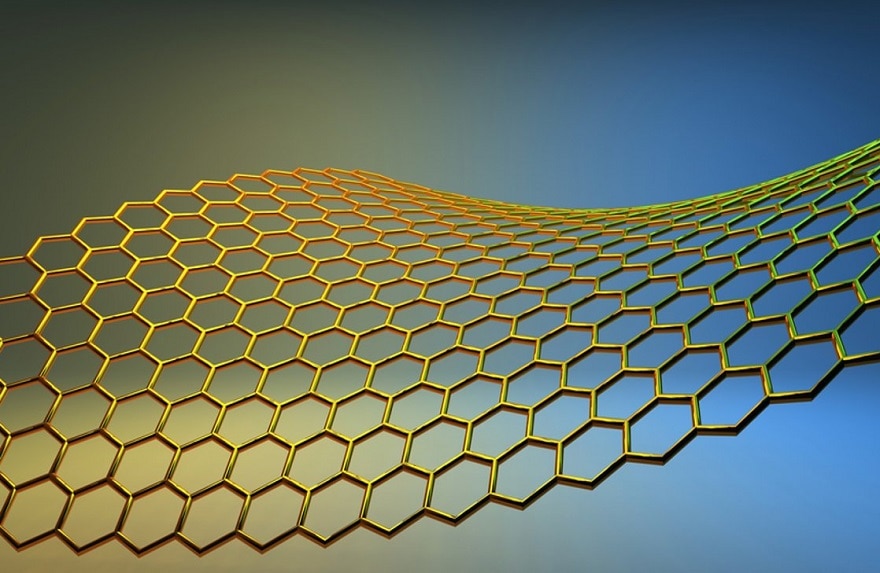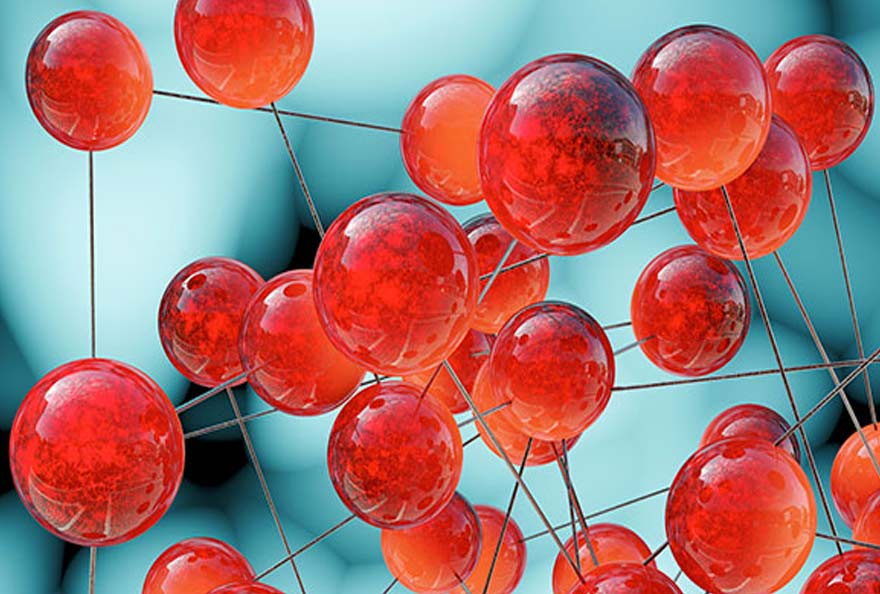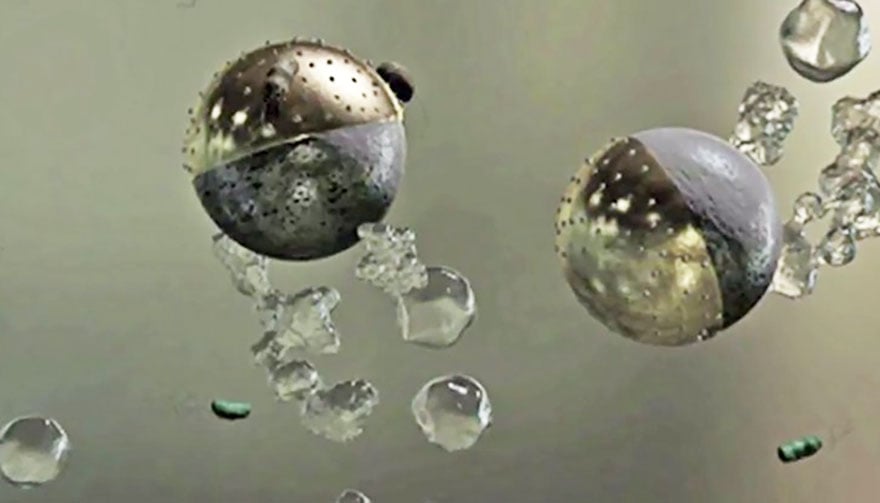READ ALSO IN UP' : Producing "nanofree", is that reasonable?
What is the framework for nanomaterials?
What actions by the Government?

READ ALSO IN UP' : Producing "nanofree", is that reasonable?

Why not enjoy unlimited reading of UP'? Subscribe from €1.90 per week.



Already registered? I'm connecting
Register and read three articles for free. Subscribe to our newsletter to keep up to date with the latest news.
→ Register for free to continue reading.

You have received 3 free articles to discover UP'.






[…] Bonbons et gâteaux fourrés aux nanoparticules : danger ? […]